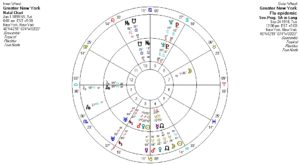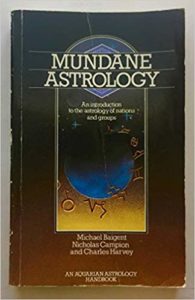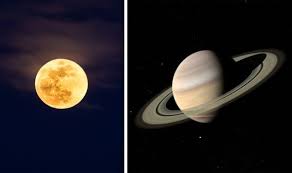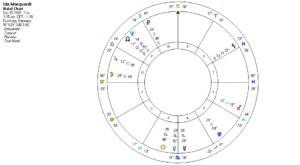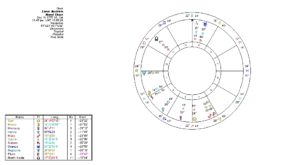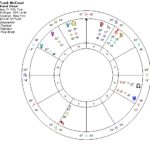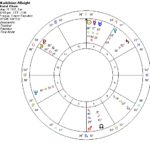Vice Presidential candidate Kamala Harris will have her third Nodal return on September 17, 2020. Donald Trump will experience his fourth Nodal return on November 10, 2020. With both candidates experiencing this near-exact aspect this fall, what, if anything, does it bode for the election?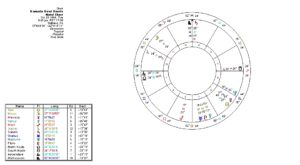
Ken Negus did an in-depth study of these returns and found that we often experience important new beginnings, endings or even sharp turns when the Lunar Nodes return to their natal places at the ages 19, 38, 56-7 and 76. Some encounter major transformations and others may find various areas of their lives affected. Ken researched these cycles in the lives of the presidents and confirmed that at the returns, some of the notable events included appointment to major political office.
I attended Ken’s lecture on this topic in 1996 and will summarize his findings. 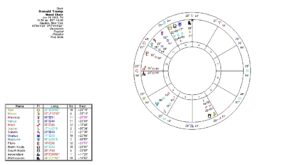
The Moon’s nodal cycle of 18.6 years overlaps the 19-year Metonic Sun-Moon phase cycle (though they diverge noticeably as the years go on). Ken found that, like Harris and Trump, almost half of the 41 presidents he studied had angular Nodes. This makes sense since the Sun represents the ego and the Moon the public. It may also explain their ambition for public service (since any random group should only have the Nodes angular about a third of the time).
At the age of 38, Ken found that 17 of the 41 presidents studied (about 41%) were elected or appointed to important political offices. But the returns at 56-57 were the most impressive, perhaps as they are a prelude to the Saturn return. 7 of the 41 began their first presidential terms at this age, and 3 went on to a second term (making for a total of almost 25% who were elected president on a Nodal return).
4 completed their presidencies and 4 more were elected to other offices – Vice President or Congress. On the other hand, another 4 of the 41 studied died in office! Ultimately, about 61% experienced significant turning points in their political careers at their third return years.
Ken concluded that the half returns were also notable. At age 66½ there were more negative overtones, including difficult terms of office, the decision not to run, defeats, and the death of a candidate or their spouse. Abraham Lincoln and Vice President Andrew Johnson were born only 45 days apart, with natal Nodes separated by about 1¼ degrees. Johnson took over as president after Lincoln was assassinated near both of their half-Nodal returns. Jimmy Carter lost his bid for re-election. (John F. Kennedy was also killed at a half-Nodal return at the young age of 46.)
By the fourth Nodal return at the age of 76, most presidents were in retirement, but often experienced other significant life events. Thomas Jefferson founded the University of Virginia and James Madison became rector of the same institution. John Quincy Adams intensified his political activities, chairing a committee to impeach President Tyler (which did not go forward). Harry Truman was involved in John F. Kennedy’s campaign.
Can we draw any conclusions from the Nodal returns for the 2020 election? There’s a likelihood that both Harris and Trump will each have important career transitions. It makes the most logical sense to me that Harris will be elected and Trump will be voted out of the White House. Harris’ Ascendant trines her dignified Saturn conjunct the 10th house, showing the slow and steady progress of her career, and this would be the next logical step for her. While Trump’s Sun conjunct his North Node and Uranus in the 10th indicates spectacular achievements with equally striking reversals, which would be in keeping with him losing support.
But the Nodal return is just one element to consider, and we need corroboration elsewhere to arrive at a definitive judgment.
About Ken Negus — his chart on Astrodatabank, and his bio/obit from the Astrological Society of Princeton.


